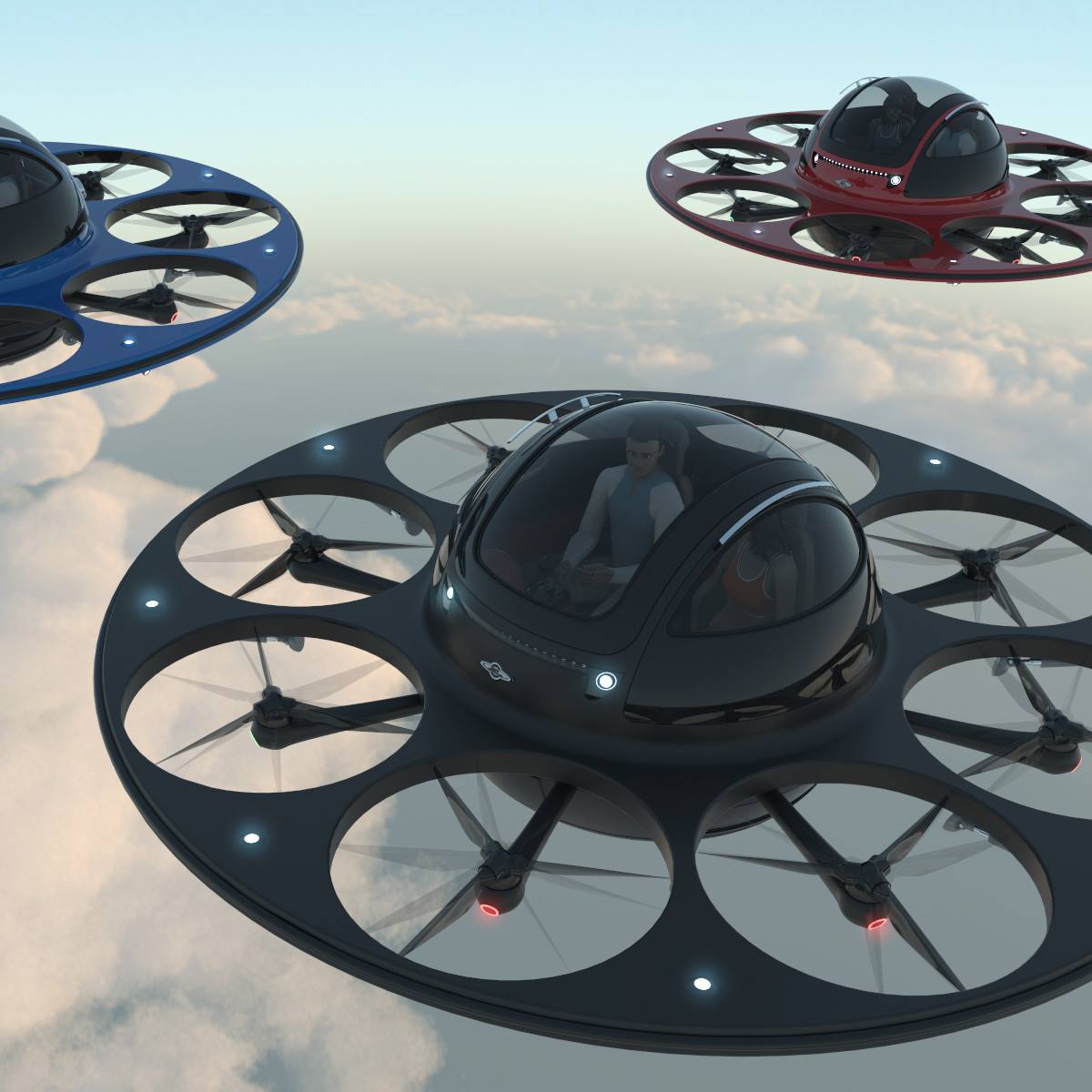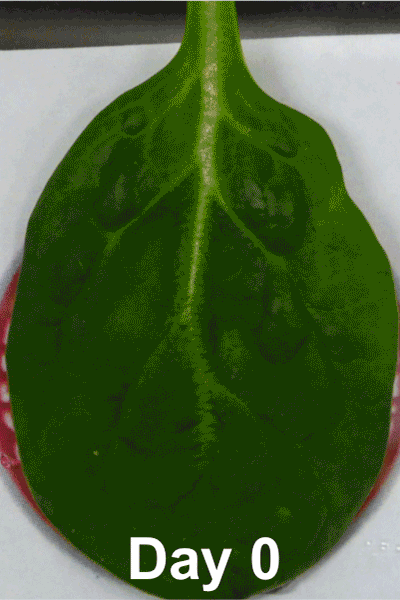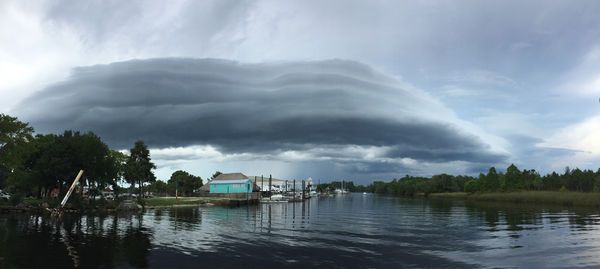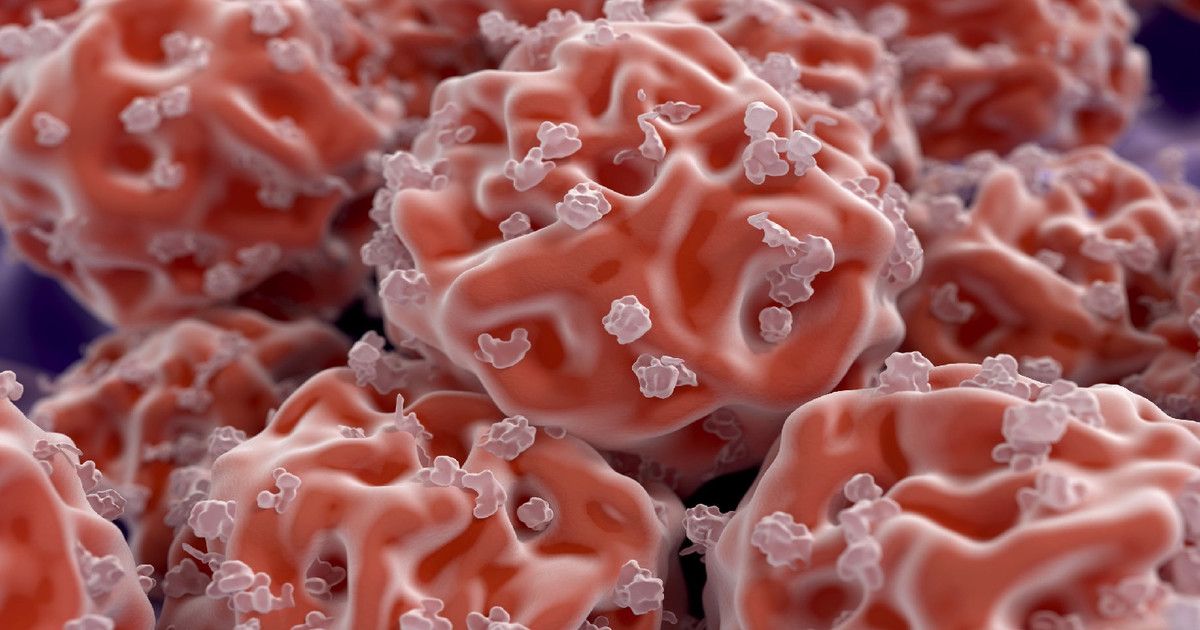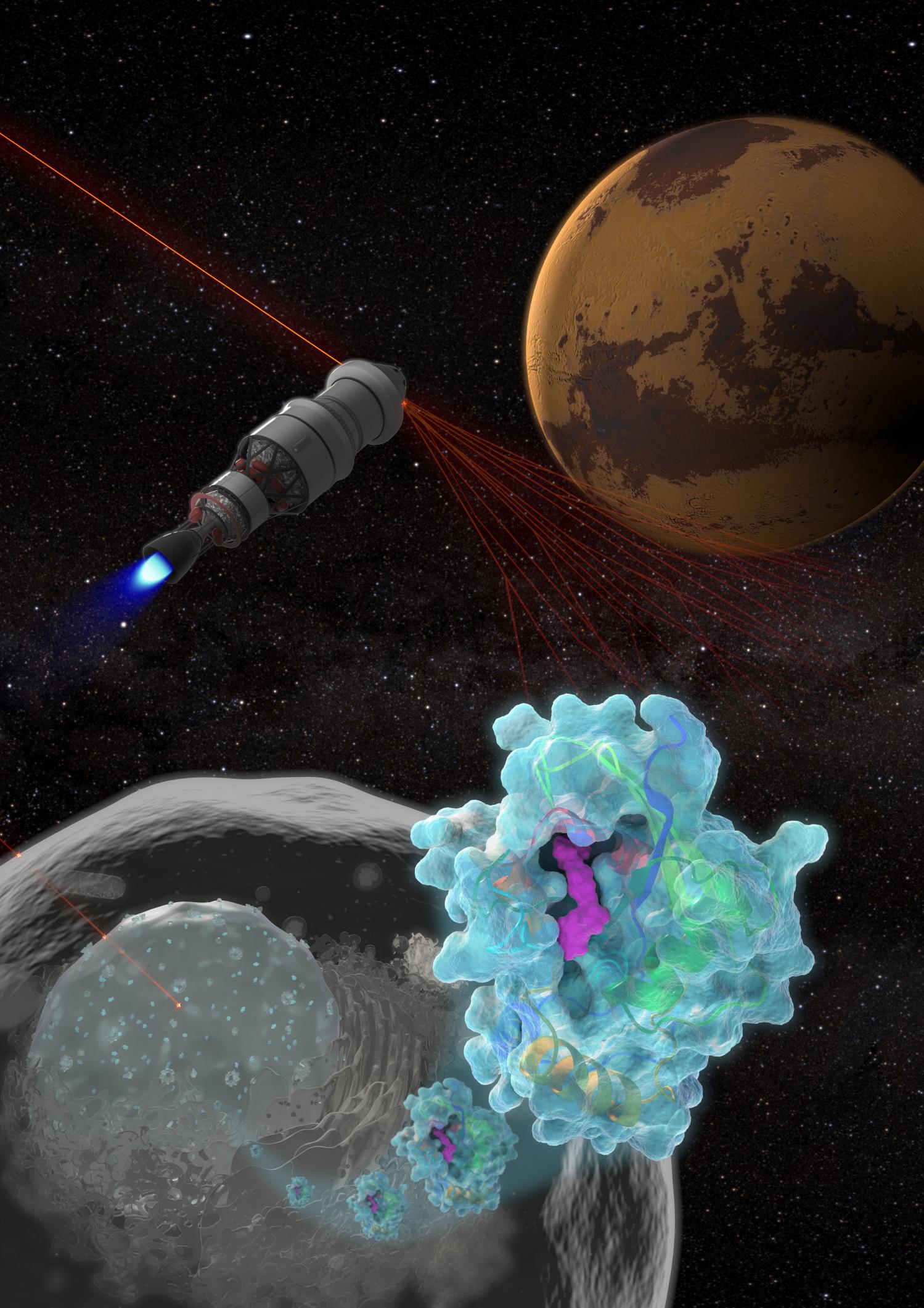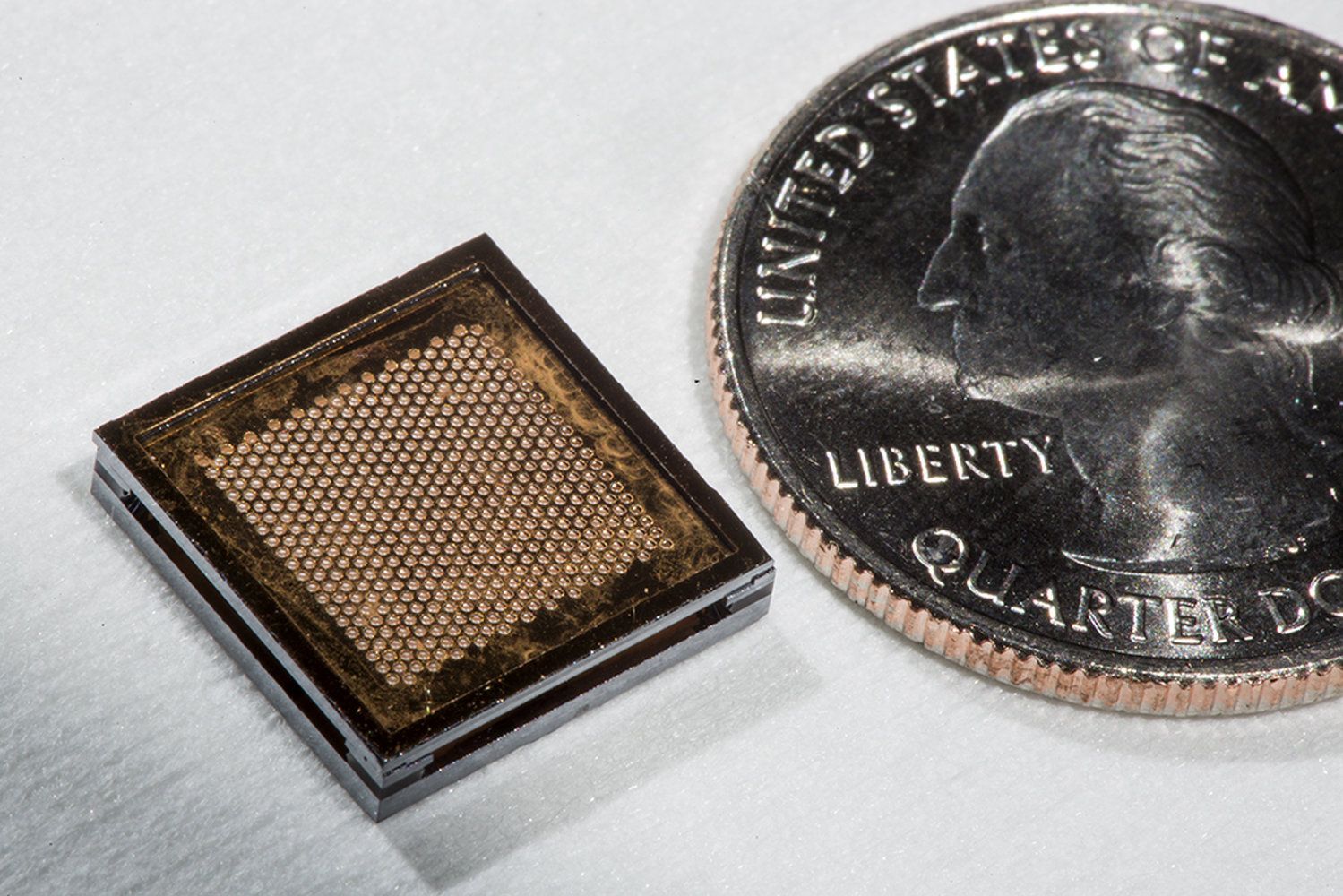Page 10384
Mar 24, 2017
Scientists have grown heart tissue on a spinach leaf
Posted by Dan Kummer in categories: bioengineering, biotech/medical
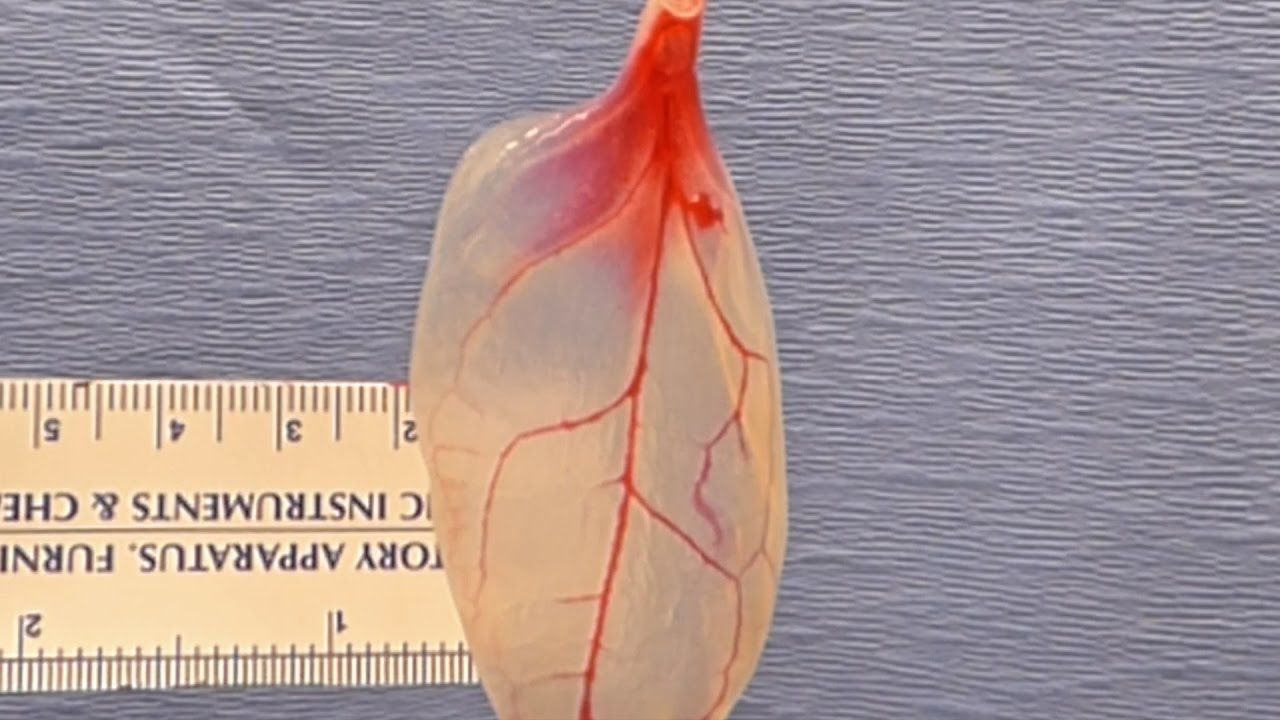
What have you accomplished this week? Did you have a productive work meeting? Make a healthy dinner? Match your socks?
Continue reading “Scientists have grown heart tissue on a spinach leaf” »
Mar 24, 2017
Theoretical Physicists Suggest There’s a Portal Linking the Standard Model to Dark Physics
Posted by Andreas Matt in categories: cosmology, particle physics, quantum physics, space travel
Theoretical physicists have put forward a new hypothesis that aims to connect the world of visible physics to the hidden forces of our Universe: what if there’s a portal that bridges the gap between the standard model to dark matter and dark energy?
The idea is that the reason we struggle to understand things such as dark matter and dark energy isn’t because they don’t exist — it’s because we’ve been oblivious to a portal through which regular particles and these ‘dark particles’ interact. And it’s something that could be tested experimentally.
The idea of portals in the Universe might sound pretty crazy, but let’s be clear for a second: we’re talking portals on the quantum, teeny-tiny scale here — nothing that you could drive a spacecraft through.
Mar 23, 2017
New U-Shaped Skyscraper in NYC Could Become World’s Longest Building
Posted by Shane Hinshaw in category: habitats
Maybe the only way isn’t up after all: newly released concept drawings by a Greek architect for a skyscraper in Manhattan bend more than just minds.
According to architect Ioannis Oikonomou, New York’s zoning laws are prompting developers to explore new ways to maximize a building’s height. To that end, his studio is exploring substituting height with length.
Apart from being a novel addition to Manhattan’s impressive skyline, the structure — dubbed The Beg Bend — could essentially become a viable architectural solution that addresses the height limitations of buildings in the city. It could even be an answer to the city’s expensive housing — giving the building the prestige of a high-rise while maximizing the limited space.
Continue reading “New U-Shaped Skyscraper in NYC Could Become World’s Longest Building” »
With 31 species to chose from, there are plenty of spectacular images to choose from—we curated the best of the best.
Mar 23, 2017
Scientists may have found a way to make old blood stem cells act young again
Posted by Shane Hinshaw in categories: biotech/medical, life extension
Scientists in Germany have discovered a protein that can prompt the body’s blood stem cells to act young again, potentially reversing some of the bad aspects of the aging process.
The suggestion that young blood may be the key to reversing some of the negative aspects of aging sounds like the setup to a horror movie. In reality, however, it refers to some groundbreaking work being carried out by scientists at the University of Ulm in Germany.
They’ve been examining the ways that old blood can be made young again, and they hypothesize that it might help fight some of the effects of aging. To achieve this, they’ve discovered a protein capable of boosting blood stem cells, which prompt them to act like the stem cells of younger people.
Mar 23, 2017
Gravitational wave kicks monster black hole out of galactic core
Posted by Andreas Matt in categories: cosmology, physics
Astronomers have uncovered a supermassive black hole that has been propelled out of the center of a distant galaxy by what could be the awesome power of gravitational waves.
Though there have been several other suspected, similarly booted black holes elsewhere, none has been confirmed so far. Astronomers think this object, detected by NASA’s Hubble Space Telescope, is a very strong case. Weighing more than 1 billion suns, the rogue black hole is the most massive black hole ever detected to have been kicked out of its central home.
Researchers estimate that it took the equivalent energy of 100 million supernovas exploding simultaneously to jettison the black hole. The most plausible explanation for this propulsive energy is that the monster object was given a kick by gravitational waves unleashed by the merger of two hefty black holes at the center of the host galaxy.
Continue reading “Gravitational wave kicks monster black hole out of galactic core” »
Mar 23, 2017
Scientists unveil a giant leap for anti-aging
Posted by Montie Adkins in categories: biotech/medical, life extension, space travel
I was under the impression that human trials were already underway, but this says they will start in 6 months.
UNSW researchers have made a discovery that could lead to a revolutionary drug that actually reverses ageing, improves DNA repair and could even help NASA get its astronauts to Mars.
In a paper published in Science today, the team identifies a critical step in the molecular process that allows cells to repair damaged DNA.
Continue reading “Scientists unveil a giant leap for anti-aging” »
Mar 23, 2017
One in Four Think Robots Would do a Better Job Than Human Politicians, Survey of U.K. Consumers Finds
Posted by Zoltan Istvan in categories: robotics/AI, transhumanism
Check out this new Newsweek story: http://www.newsweek.com/robot-politicians-ai-artificial-inte…2724?rx=us #transhumanism
A quarter of the 2,000 survey participants said robots would do a better job than humans.
Mar 23, 2017
Dime-Size Thrusters Could Propel Satellites, Spacecraft
Posted by Klaus Baldauf in categories: energy, internet, satellites
CAMBRIDGE, Mass. — A new propulsion engine with dime-size thrusters could be used to propel a host of spacecraft, from small satellites to crewed ships designed for interplanetary exploration.
The new propulsion engine, called Tile, could serve as an efficient and lightweight way to keep constellations of small satellites in orbit. Spaceflight companies — including OneWeb, Boeing and SpaceX — want to launch hundreds of thousands of these small satellites to provide broadband internet to everyone around the globe. And because several Tiles can be connected to produce more power, the engine has the potential to propel astronauts to Mars, according to Accion Systems, the company that designed Tile.
“Our technology starts on a nanometer scale, and then we can array that and scale that up to serve satellites,” said Natalya Bailey, CEO of Accion Systems. Bailey described the propulsion engine to an audience here at the New Space Age Conference at the Massachusetts Institute of Technology’s (MIT) Sloan School of Management on March 11. [Superfast Spacecraft Propulsion Concepts (Images)].
Continue reading “Dime-Size Thrusters Could Propel Satellites, Spacecraft” »
